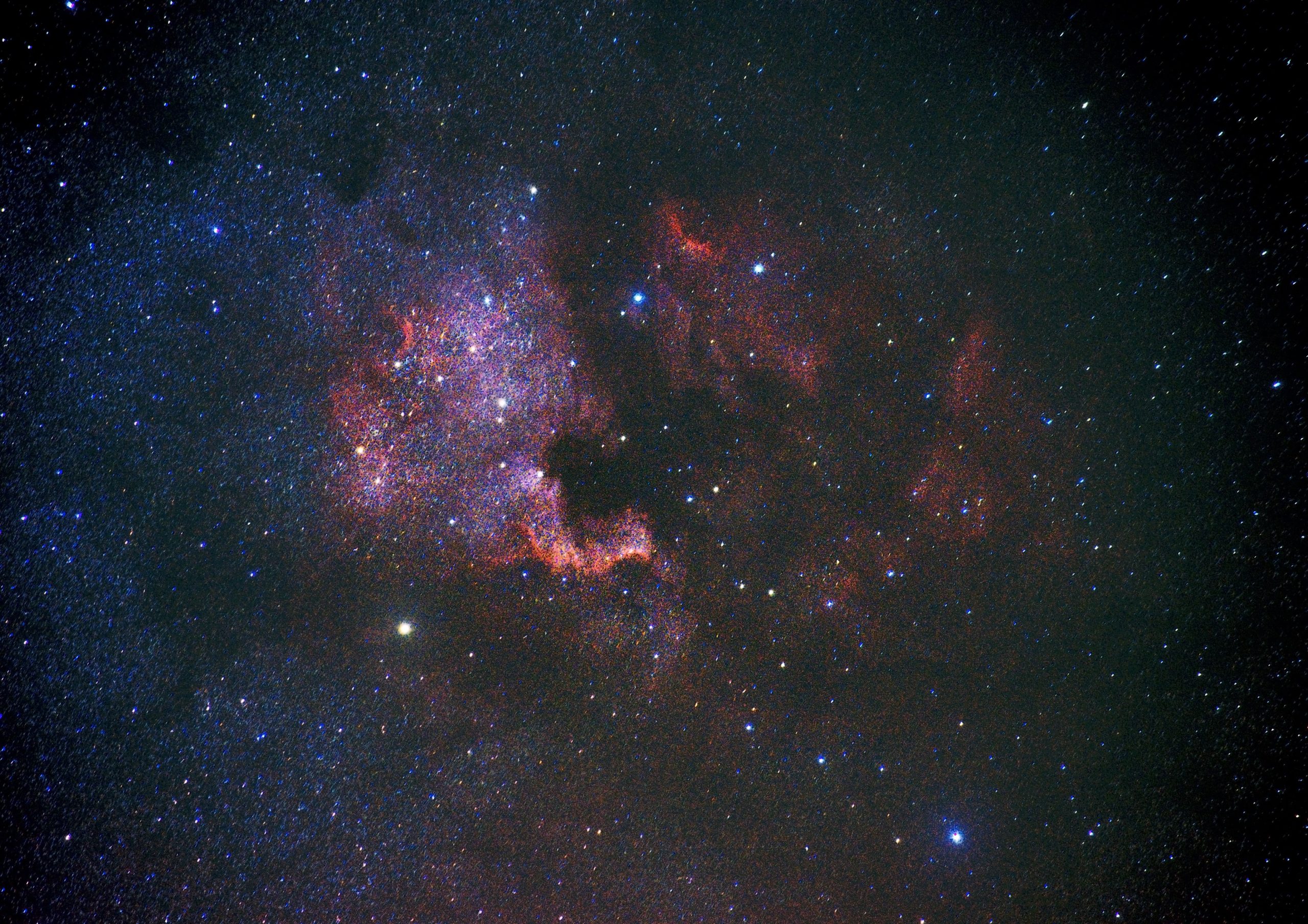The 12 Phases of the Moon in Order: A Complete Guide
The moon has captivated humans for centuries, and its ever-changing appearance in the night sky is a constant source of fascination. As the moon orbits around the Earth, we observe different phases, each with its own unique characteristics. In this blog post, we will explore the 12 phases of the moon in order, from the new moon to the waning crescent, and everything in between.
1. New Moon
The lunar cycle begins with the new moon, which occurs when the moon is positioned between the Earth and the Sun. During this phase, the side of the moon facing the Earth is in darkness, and we cannot see it from our vantage point on the planet. The new moon marks the start of the moon’s waxing phase.
2. Waxing Crescent
Following the new moon, a small sliver of the moon becomes visible in the evening sky. This phase is called the waxing crescent. The illuminated portion of the moon gradually increases during this phase, as it moves towards the first quarter.
3. First Quarter
When half of the moon is visible from Earth, it is known as the first quarter. This name can be misleading, as it actually indicates that the moon is one-quarter of the way through its lunar cycle. The first quarter phase is characterized by a half-illuminated moon, appearing like a perfect semicircle in the night sky.
4. Waxing Gibbous
Following the first quarter, the moon enters the waxing gibbous phase. During this stage, more than half of the moon is illuminated, and it continues to grow in brightness each night as it approaches the full moon.
5. Full Moon
The full moon is perhaps the most recognizable phase, as it represents the point in the lunar cycle when the entire face of the moon is visible from Earth. It occurs when the moon is directly opposite the Sun, with Earth in between. The full moon is a magnificent sight to behold and has been celebrated in various cultures throughout history.
6. Waning Gibbous
After the full moon, the moon begins its waning phase, starting with the waning gibbous phase. During this period, the illuminated portion of the moon gradually decreases, but more than half of the moon remains visible.
7. Third Quarter
When half of the moon is visible from Earth during its waning phase, it is known as the third quarter. This phase occurs when the moon is three-quarters of the way through its lunar cycle and resembles another perfect semicircle, but this time with the opposite side illuminated compared to the first quarter.
8. Waning Crescent
The waning crescent phase is characterized by a small sliver of the moon becoming visible in the morning sky. This phase signals the approaching end of the lunar cycle, as the moon transitions to the new moon phase once again.
9. New Moon (again)
After completing its entire cycle, the moon reaches the new moon phase again. This marks the beginning of another lunar cycle and a fresh start for observing the moon’s ever-changing phases.
The Lunar Cycle with Intermediate Phases
While the 8 phases mentioned above provide a simplified understanding of the moon’s cycle, it is essential to note that there are intermediate phases between each main phase. These intermediate stages represent the gradual transition from one main phase to another.
| Main Phase | Intermediate Phases |
|---|---|
| New Moon | Waxing Crescent |
| Waxing Crescent | First Quarter |
| First Quarter | Waxing Gibbous |
| Waxing Gibbous | Full Moon |
| Full Moon | Waning Gibbous |
| Waning Gibbous | Third Quarter |
| Third Quarter | Waning Crescent |
| Waning Crescent | New Moon (again) |
These intermediate phases allow for a more nuanced understanding of the moon’s journey through its cycle and provide additional opportunities for observation and study.
Conclusion
The moon’s 12 phases, ranging from the new moon to the waning crescent, offer a fascinating spectacle both for astronomers and casual observers. Each phase has its own distinct appearance and signifies a specific point in the lunar cycle. Understanding these phases not only enhances our appreciation for the moon but also allows us to track the moon’s progression and plan celestial observations.
Whether you are a passionate stargazer, a casual moon enthusiast, or simply someone who appreciates the beauty of our natural world, taking the time to observe and appreciate the moon’s various phases offers a captivating window into the wonders of the universe.
Table of Contents
